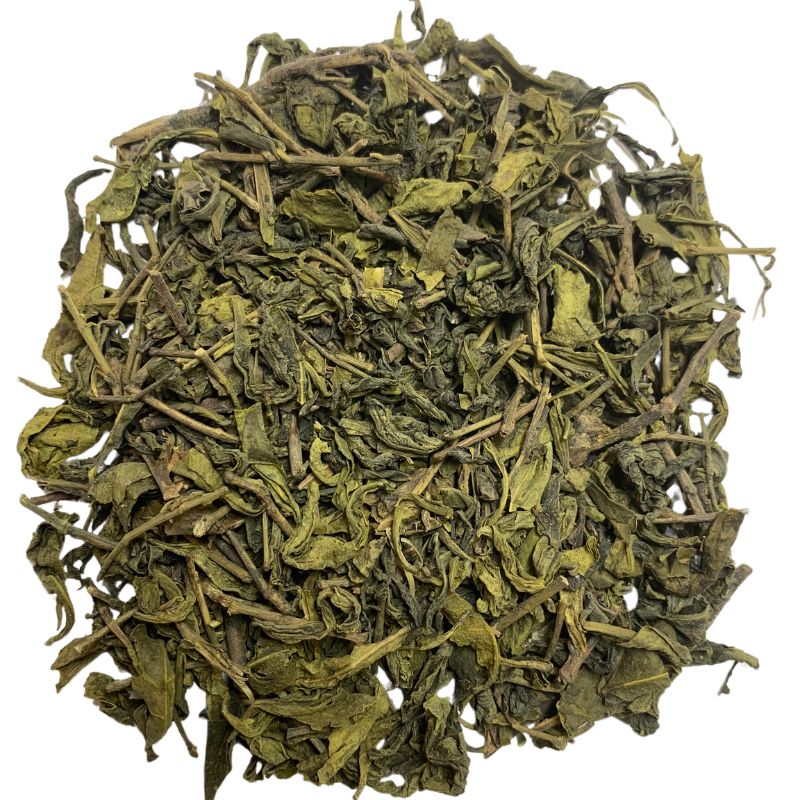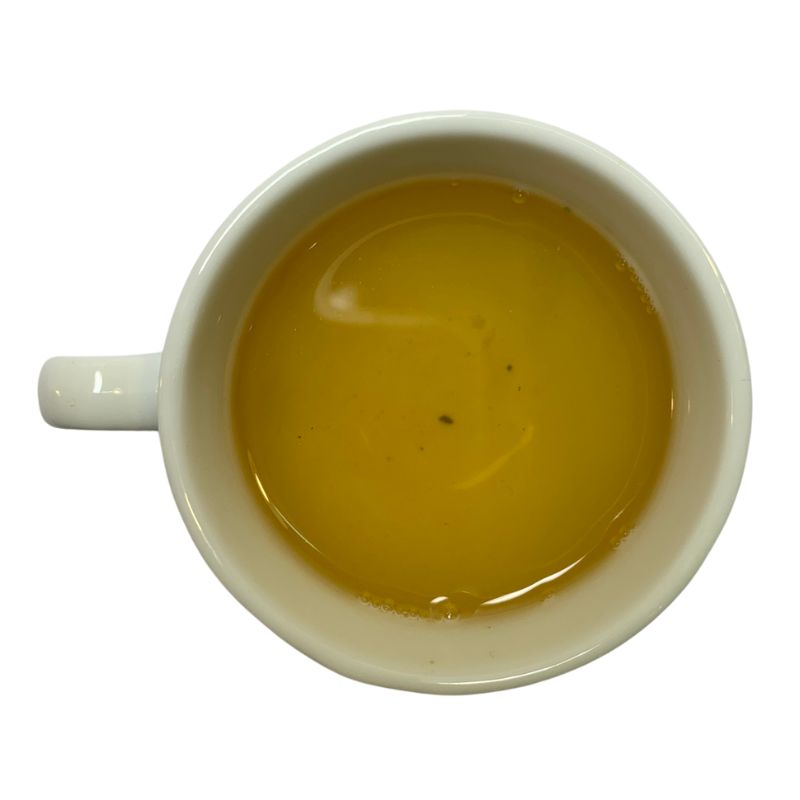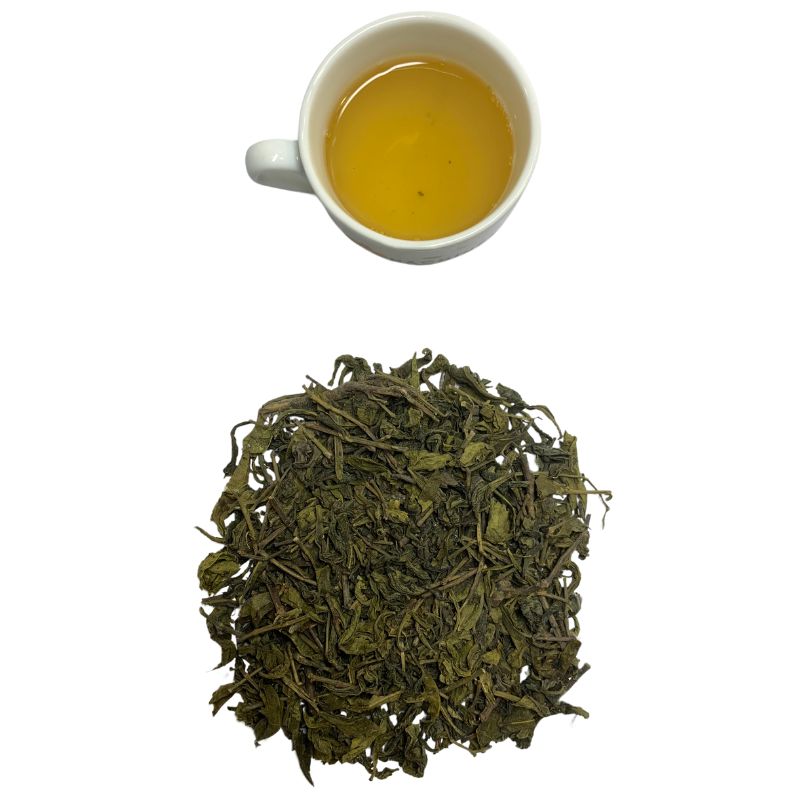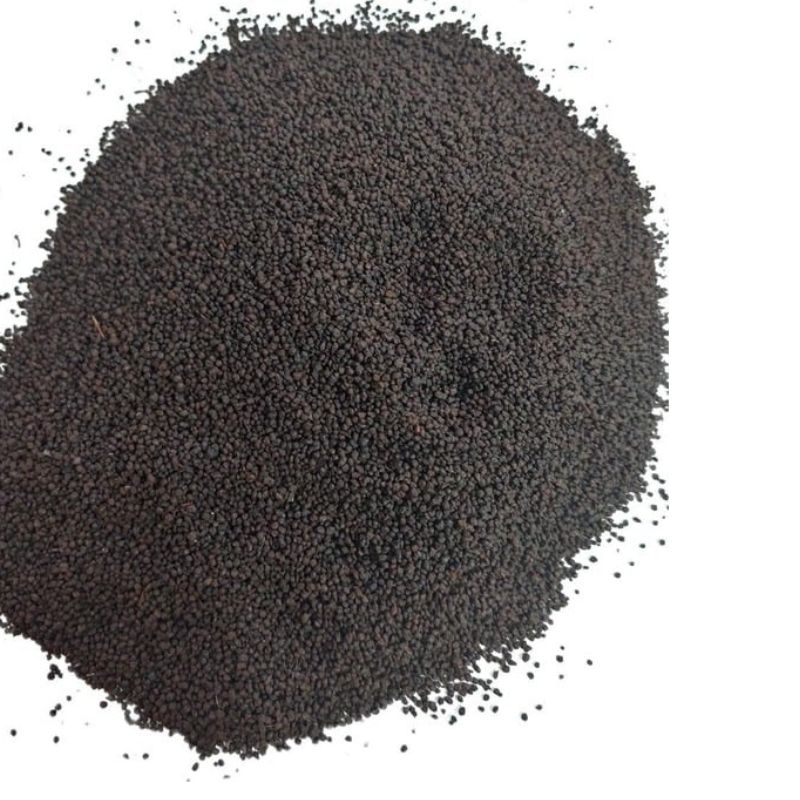Green Tea 3
- Appearance: Fresh green color, tea leaves are even, has stalk
- Cup: natural pure, custom
- Taste/aroma: Strong taste, long-lasting natural aroma, sweet after taste
- Packing: 55 – 60kgs / bag PE, PP, Kraft, Gunny, PET or As per customer request
- Q'ty: 15 ~ 18 Tons/40ft
- Exp: 3 years
- Ability supply: 5 x 40ft/month
- Payment Terms: TT, LC, TT and DP at sight
- Samples: The samples are send via DHL, Fedex, UPS...
- Origin port: Haiphong, Vietnam
The production process for green tea intended for export follows several essential steps to ensure quality and meet the standards and preferences of the target market. Here's an overview of the typical production process:
1. Harvesting: Green tea leaves are harvested from the Camellia sinensis plant. The timing of the harvest is crucial, as it affects the flavor and quality of the tea. Generally, the youngest and most tender leaves are preferred for green tea production.
2. Withering: After harvesting, the tea leaves undergo a withering process. This step involves spreading out the leaves in a well-ventilated area to reduce their moisture content. Withering makes the leaves more pliable and prepares them for subsequent processing steps.
3. Fixation (Kill-green): The withered leaves are subjected to heat to halt the oxidation process. This step is crucial for green tea production, as it helps preserve the natural green color and fresh flavor of the leaves. Fixation is typically achieved through either pan-firing (in a wok or pan) or steaming, depending on regional or cultural traditions.
4. Rolling: The fixed leaves are rolled to shape them into the desired form. Rolling helps break down the cell walls of the leaves, releasing enzymes and flavor compounds. It also contributes to the appearance of the final product. Rolling can be done manually or using machinery, depending on the scale of production.
5. Drying: After rolling, the tea leaves are dried to remove excess moisture and stabilize the flavor. This step is essential for preventing spoilage and maintaining the quality of the tea. The drying process can be accomplished using various methods, including air drying, oven drying, or machine drying.
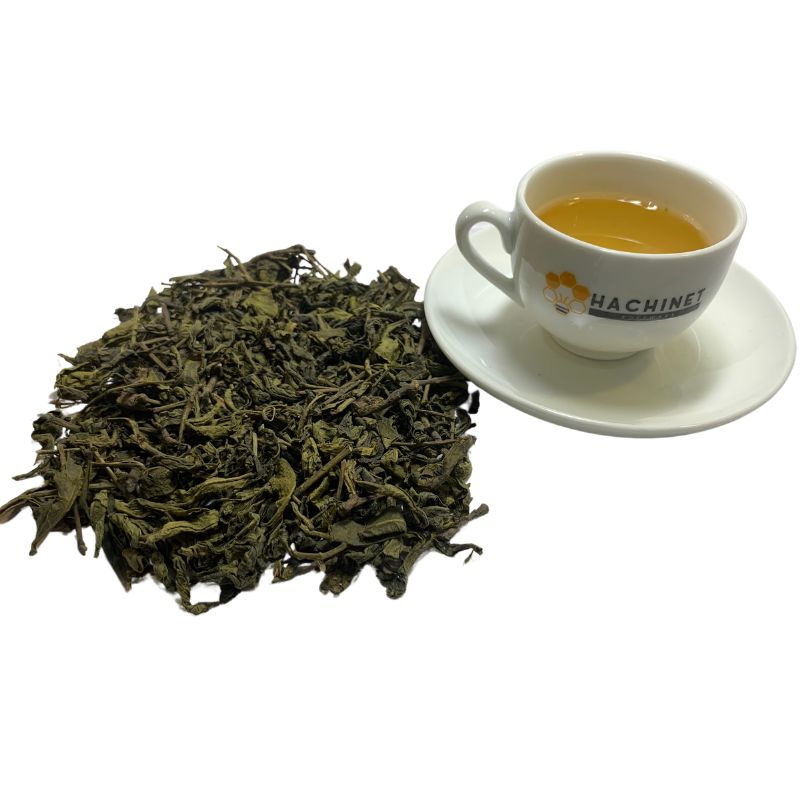
6. Grading and Sorting: Once the tea leaves are dried, they are graded and sorted based on size, shape, and quality. Grading ensures consistency in the final product and helps meet the requirements of the export market. Sorting may involve removing any foreign matter or defective leaves.
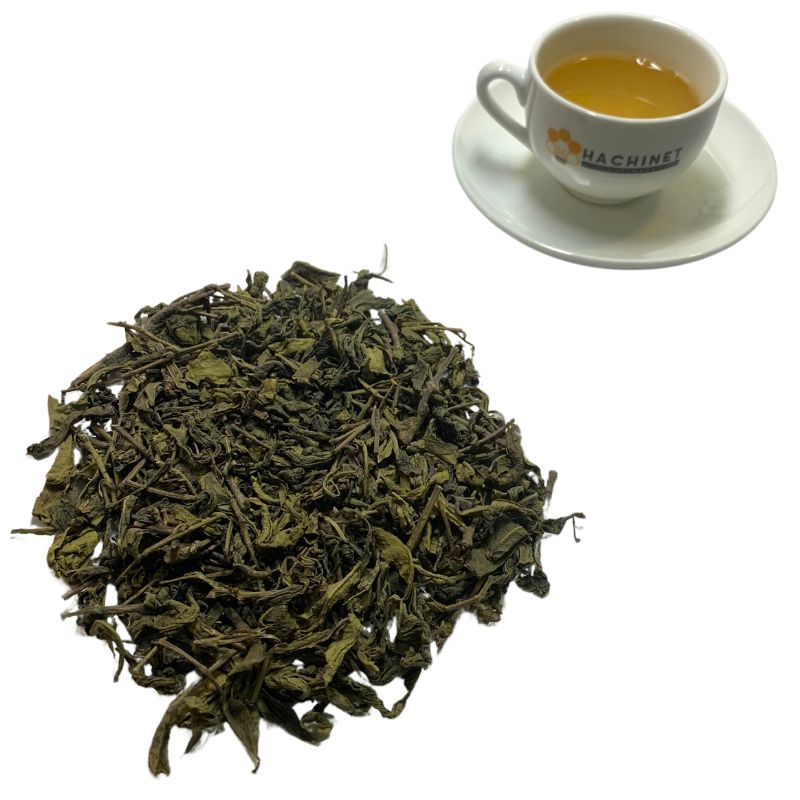
7. Packaging: Finally, the sorted tea leaves are packaged for export. Packaging may vary depending on the market and customer preferences. Green tea intended for export is typically packaged in vacuum-sealed bags, metal tins, or other airtight containers to preserve freshness during transit.
Throughout the production process, quality control measures are implemented to ensure that the tea meets the standards and specifications required for export. This includes regular testing for flavor, aroma, appearance, and moisture content. Additionally, adherence to food safety regulations and certification standards may be necessary to facilitate export to certain markets.
Contact for consultation/order
Contact for consultation/order


